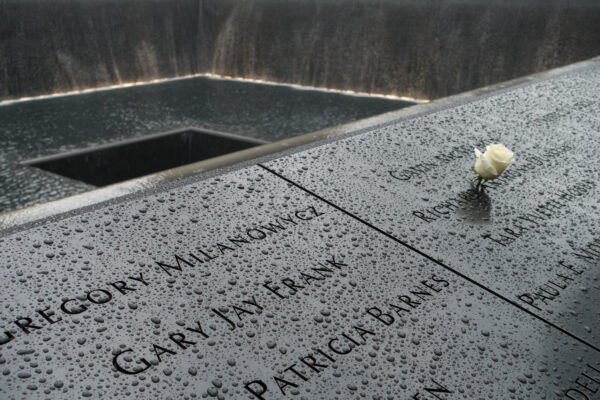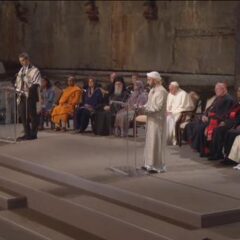The 15th anniversary of 9/11 reminds religious leaders of the important role of congregations when faced with community disasters, Religion News Service reported. Few faith leaders, however, actually prepare plans to address potential disasters.
Religion News Service interviewed CRCC fellow Peter Gudaitis about training sessions designed to help congregations prepare for emergencies. In New York City, only about 20 to 25 percent of the city’s religious leaders have attended training sessions offered by the New York Disaster Interfaith Services, he said.
An excerpt from the article:
Gudaitis recommends that congregational leaders get to know local emergency managers and Red Cross officials before a crisis occurs. He also said religious organizations should do risk assessment, determining in what ways they are vulnerable, and they should have an action plan.
Just as police officers need to know that their families will be safe at home, congregations need to shore themselves up for possible eventualities before they do community outreach.
That means, he said, that a congregation’s 12-step program, the food pantry and the sanctuary may suddenly be in more demand. So there should be a written “continuity of operation” plan.
In general, it’s the practical aspects of preparation that can be particularly challenging for congregation leaders to accomplish.
Gudaitis recently led a faith-based training in Arlington, Va., and only two out of the 40 or so congregations represented had practiced evacuating their sanctuaries in the event of an active shooter.
“To get a religious leader to agree to disrupt liturgy and do an evacuation seems like an inconvenience and I get that,” he said. “But what’s more inconvenient — a drill once a year, where everybody evacuates safely, or that tragedy that happens someday and far more people die or get injured than should have because they were unfamiliar with how to get out of the sanctuary quickly?”
Click here to read the full article.
CRCC and National Disaster Interfaiths Network will be presenting two workshops to help government and faith communities work together in the face of disaster in December 2016. Please read about both workshops here:
Engaging Faith Communities in Disasters
Disaster Chaplaincy Training and Certification
Photo Credit: John Sonderman / Flickr




